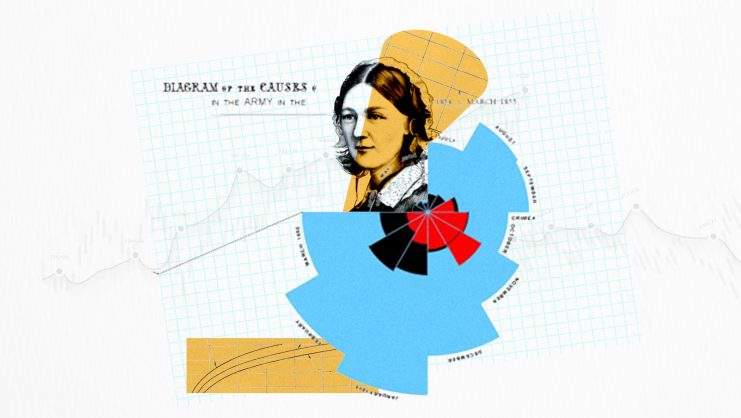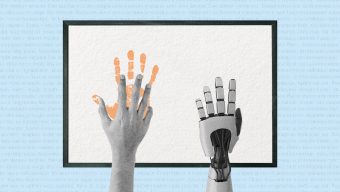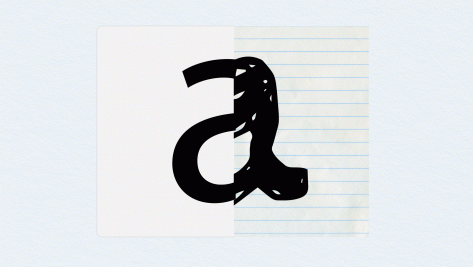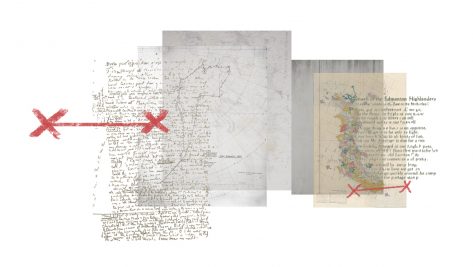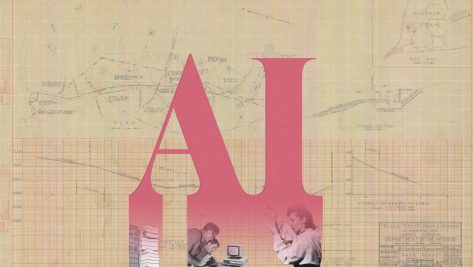Japan suffered two major crises in 1995. First, on January 17th, a major earthquake hit the region of Hanshin, destroying part of the city of Kobe. Over 6,400 people died and many more were affected by what then was labelled as Japan’s deadliest earthquake since 1923. Naturally exposed to events of great seismic activity, Japanese society has learned through history how to live under such devastating conditions. Second, on March 20th, several individuals later associated with the Aum Shinrikyo sect perpetrated coordinated gas attacks on five trains of the Tokyo Metro, injuring over 1,000 people and killing 14 passengers. The incident was declared an act of domestic terrorism and the resulting scars can still be felt in the national fabric of Japan.
Haruki Murakami, the internationally renowned Japanese writer, responded to these two national crises by harnessing some of the tools the humanities have developed over centuries across many cultures. Murakami describes these crises from multiple standpoints in order to explain how the Japan that came out of them was necessarily different from the one that had started 1995. Murakami also practiced the art of storytelling to reinforce the community Japan is and help Japanese people to account for the world they would be living in after those crises.
In the six short stories included in After the Quake (which were first published individually in several magazines such as The New Yorker and Granta, and first appeared as a volume in Japanese in 2000), the protagonists are somehow loosely related to Kobe, but none of them are aware of any friends or relatives who might have been affected by the earthquake. Although the earthquake is part of their lives’ background, it has not impacted them in a direct way. The dimension of the crisis has not apparently altered their lives. Physical distance from Kobe and the lack of direct emotional ties with the victims have provided the necessary cushion to bypass the need to worry, think, or talk about it. Or so they think, because in a masterful composition of each of the stories, Murakami designs different narrative structures that purposefully show how his characters have been profoundly touched by the apparently soft ripples the earthquake has produced and reached across Japan.
In the investigative essay titled Underground: The Tokyo Gas Attack and the Japanese Psyche (1997-98), Murakami interviews some of the survivors as well as some members of the group that carried out the terrorist act with the intention of shedding light on the aspects of the attacks that were not captured by the media. His goal was to help Japanese people to learn from the crisis instead of disregarding it as the isolated act of a group of religious extremists. With this text, Murakami once again practices the art of surfing the waves that a major crisis liberated in order to explain why these waves cannot be disregarded. Not only do they end up touching the whole society, but they also show how the desire to go back to the prior normalcy is a mirage born out of a sheer misunderstanding. The previous normalcy does not exist anymore. It has been interrupted.
Both books by Murakami present many of the features that humans showcase when responding to major crises. The desire to isolate the incident and describe it as unique and unrepeatable, the strict focus to assist just the direct victims so that the ripples are ignored, and the inertia to go back to an idealized normalcy – are all components of the need for continuity that human beings crave. In fact, one can traverse the history of philosophy through the shelters created by what I would call philosophies of continuity such as Confucianism, Zen Buddhism, Epicureanism, or Stoicism, just to name a few. All these philosophical schools describe a world in which humans can live better when they become aware of the need to establish frameworks that guarantee some level of continuity between the self and the world they live in. Producing devices to reassemble continuity when crises have broken up the rhythm of normalcy is the goal of lives lived in the path to wisdom.
But, what happens when the world we used to live in is not there anymore? Does it make sense to weld the broken parts and try to reproduce the state prior to the crisis? Is it correct to manage a crisis as an isolated incident? In a hyperconnected world, filled up with systems achieving levels of complexity both unthinkable and unmanageable by humans, and a precarious balance between nature and humans, are there other ways to think of the recurrent major incidents affecting our lives across the globe?
Since big interruptions are usually the heralds of irrupting novelty, nothing guarantees that something interrupted will continue where it stopped, or even that it will continue at all.
As Murakami pointed out for 1995 Japan, our current pandemic situation is not just a crisis, but a major interruption of the state of the world. It is a huge interruption because of its duration, the extension of its effects across the globe, and the several sets of waves that have already liberated and will continue to liberate for an indefinite time. Handling such a major interruption as though it were just a crisis is not only a major mistake when solving its immediate effects. It also is a missed opportunity to prepare people, organizations, communities, and global systems for a new state characterized by the frequency and dimension of the interruptions that will affect them.
Interruptions are physical events that carry with them metaphysical consequences. They imply stopping something that is unfinished for an unlimited period of time or forever. Since big interruptions are usually the heralds of irrupting novelty, nothing guarantees that something interrupted will continue where it stopped, or even that it will continue at all. With different levels of violence across the globe, the Covid-19 pandemic has basically interrupted human life to various degrees on our planet.
Interruptions are going to become more common and frequent and they require an attitude and a set of skills that differ from those needed to live in normalcy or to just manage crises. Interruptions are becoming the main phenomenon of contemporary life and we need a philosophy of interruptions that will develop the ethical skills to humanly think of them at their planetary scale, and a managerial theory of interruptions for organizations to guarantee safety, security, and recovery of personal, social, and economic life. The goal is to provide a catalog of skills and pathways to keep producing new forms of continuity to our systems of life, and create new ethical and professional skills for the leaders who will wrestle with new interruptions and their aftermath.
However, this huge interruption of our lives brought about by the pandemic has also forced us to learn certain lessons that will be crucial moving forward. The first refers to the self, that little space that we all have “inside” us and provides the anchor of our existence. Reinforcing the resilience of the self via a combination of the philosophies of continuity continues to be a first line of personal response against major interruptions.
Efficiency is only effective when properly balanced with redundancy.
Our relations with others, that is, our sociability, have also been greatly affected, and we have learned not only that we need to practice that sociability as part of our daily lives, but that we want to “be” with others physically, in a context in which our experience is not mediated by digital filters. Our sociability is embodied. Our digital relations are a complement to that primordial, physical sociability. This means that, as much as digitation has advanced due to the pandemic, its goals should be limited to providing continuity to our physical lives through infrastructure, and supplying complementary options to our embodied social lives. Trying to position the digital as a replacement of our embodied selves and lives should be received with caution in view of the lessons learned since 2020.
We have also realized that the fragile systems we live in (from communities, institutions, organizations, and nations) depend above all on one thing: trust in each other and in our leaders. Finally, we have learned something that nature (and biology) has insisted on showing us time after time, but we have trouble grasping: efficiency is only effective when properly balanced with redundancy. That is, in order to guarantee continuity, managing interruptions requires balancing complex enough structures with the necessary generalization that will help adapt to changing environments.
If it is true that “to live is to solve problems”, as philosopher Mario Bunge said, then the major question of our time for both thinkers and managers is to figure out the nature of the problems that confront people and organizations.
Our present problems are problems of continuity created by interruptions that will only be understood and harnessed once we realize that they are also feedback loops of the hyperconnected systems in which human life happens in the first decades of the 21st century. Going back to a normalcy that is not there anymore would be hopeless. The way forward entails creating and imagining devices that produce new forms of continuity in order to satisfy the levels of complexity we have achieved, and reducing those levels when managing such complexity is unattainable.
Describing the new situation is the first step. Explaining the novelty created by the pandemic interruptions should be the next phase. Practicing lives tuned to these new levels of complexity and training ourselves to recover our needed continuity should be the foundational exercises of new managers and executives. At the end of the day, to go back to Murakami, “If you lose your ego, you lose the thread of that narrative you call your Self. Humans, however, can’t live very long without some sense of a continuing story. Such stories go beyond the limited rational systems (or the systematic rationality) with which you surround yourself; they are crucial keys to sharing time-experience with others.”
© IE Insights.




